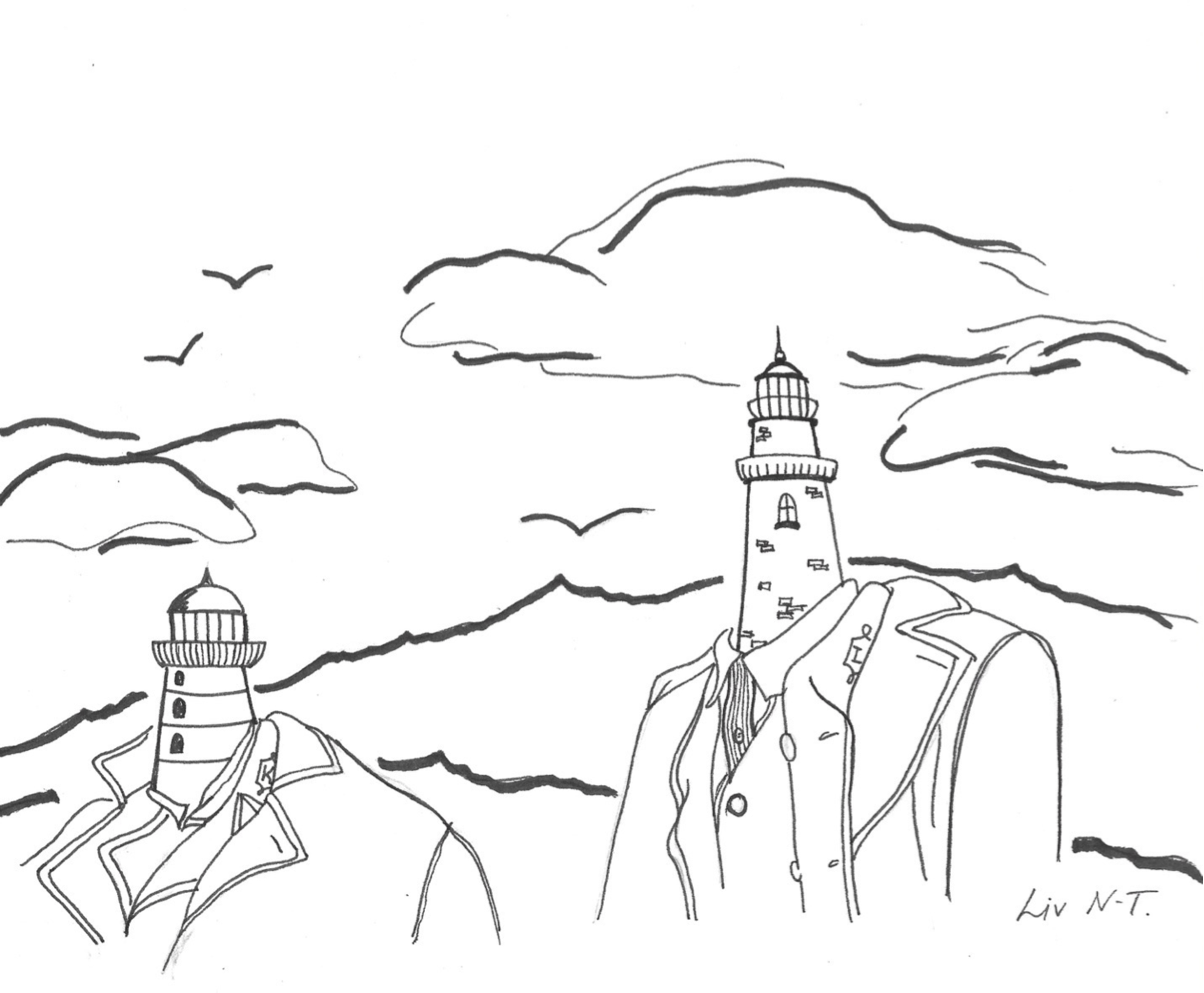
Robert Eggers creates a claustrophobic climb into hysteria surrounded by a sea of paranoia in “The Lighthouse,” his second feature film released on Oct. 18. He has previously received high acclaim for his work in the horror genre with his first film “The Witch.” “The Witch” focuses on the isolation presented in religion and family dynamics, but Eggers takes a different approach to solitude in “The Lighthouse.”
The film opens with an introductory shot of a small island with nothing but a lighthouse and quarters for the keepers. This scene is overtaken by a fog horn that constantly blares, setting up the intensity of the film. Other than a few extras and Valeriia Karaman credited as Mermaid, “The Lighthouse” has only two doomed characters. Ephraim Winslow (Robert Pattinson) is a recently employed lighthouse keeper or “wickie,” working under the aged, experienced lighthouse keeper Thomas Wake (Willem Dafoe).
The relationship between Winslow and Wake is as chaotic as the choppy waters that surround them. During the day, Wake harasses Winslow and imposes his power over him. However, the night brings about Wake’s liquor laced hospitality. The stark contrast between Wake’s day and night persona is eventually blended by constant drinking that marks the ascent to both men’s insanity.
The cinematography of “The Lighthouse” is bone-chilling. It is shot in an aspect ratio of 1.19:1, which means it does not use the entire standard movie theater screen and opts for the frame to be more square. This leaves every scene feeling cramped and gasping for air. The tight screen is enhanced by shots framed in small enclosed spaces, using dutch angle camera shots which makes the horizon line appear slanted compared to the bottom of the frame.
It is filmed in traditional gothic horror black and white. A thick haze of fog that surrounds the lighthouse acts as an eerie atmospheric backdrop that isolates the already remote island. The shots direct the viewers’ attention to singular focal points, which distinguish themselves from the rest of the scene. Eggers slowly pans the camera, depicting violent motion or emotion in a calm frame. He even manages to make back-and-forth dialogue shots interesting by framing them in candlelit darkness.
The acting from Dafoe and Pattinson is physical and intense. With a world standing still around them, even as much as an eye movement noticeably stands out. Lines are delivered by both men with a garbled sailor’s tongue. The archaic euphemisms are shouted, growled and muttered with almost barbaric intensity. These lines make the audience pay more attention to how they are delivered rather than their actual content.
“The Lighthouse” displays every nook and cranny of its confined space yet keeps secrets hidden behind locked doors, books and cabinets to deliberately veil the mystery that sits in plain sight. Similar to Peter Weir’s 1975 classic “Picnic at Hanging Rock,” “The Lighthouse” never reveals the mystery and hidden horrors that stalk the film. Part of what makes it so terrifying is the unattainable answer of what the threat actually is.
Eggers delivers a film that embodies the finest points of gothic horror. “The Lighthouse” is as distressful as it is mesmerizing. It will hypnotize viewers with its allure and leave the theater eagerly awaiting his next film.
Subscribe to the Mossy Log Newsletter
Stay up to date with the goings-on at Lewis & Clark! Get the top stories or your favorite section delivered to your inbox whenever we release a new issue.

Leave a Reply